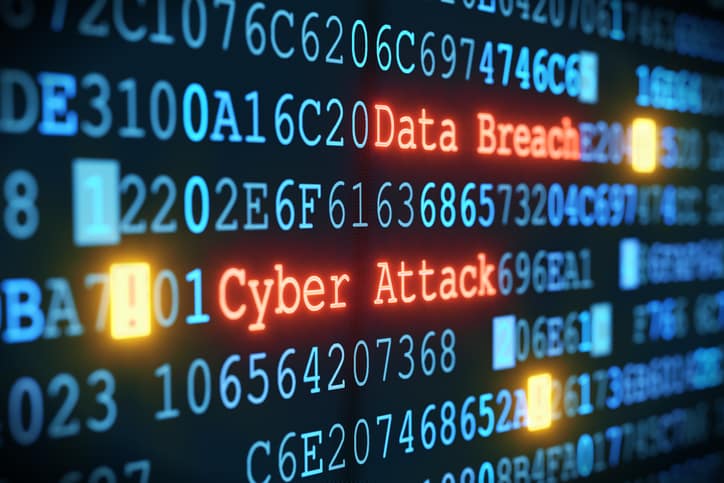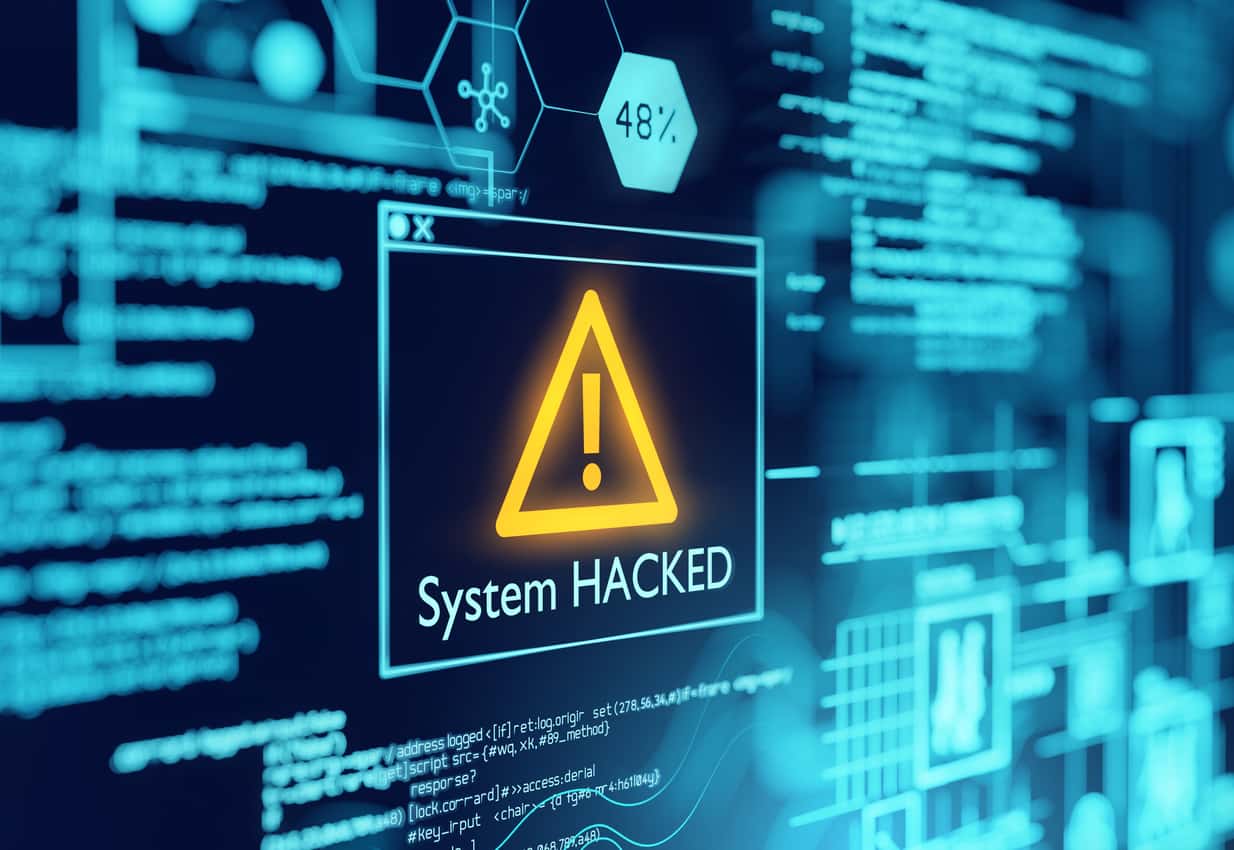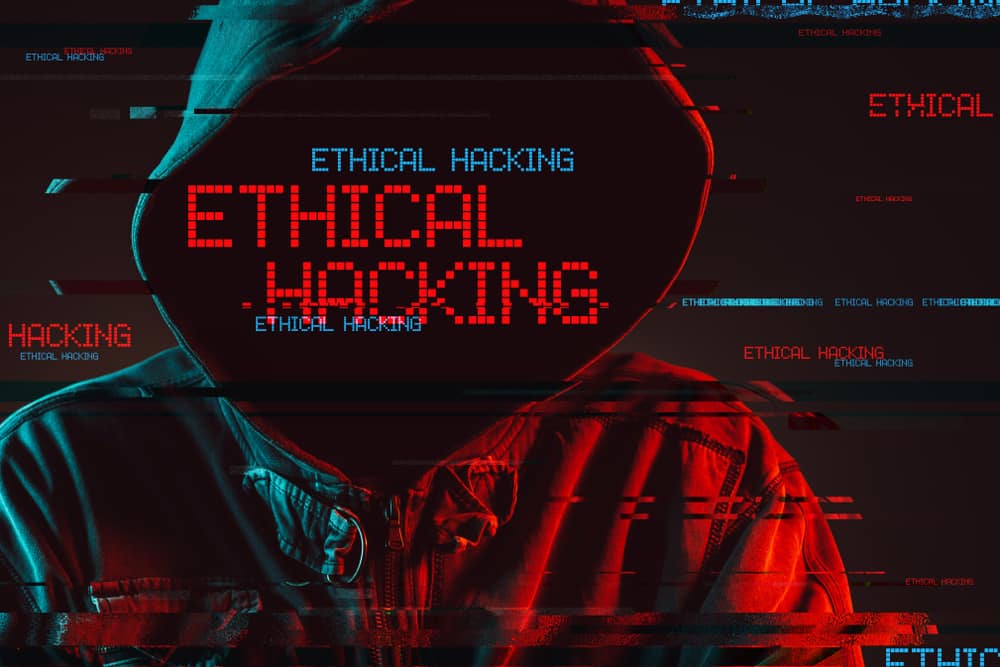- Introduction
- What makes healthcare a prime target?
- Valuable information
- Non secure medical devices
- Outdated technology and hesitancy with adoption
- How can organisations fight back?
- Use robust tried and tested technologies
- Cybersecurity training for healthcare workers
- Employ access limitations
- Plan for a breach and have a recovery plan
- Mobile devices
Introduction
As we leverage and accelerate the adoption of digital technology in all domains and workflows, the positives do come with their own set of challenges. Organisations are increasingly threatened by attacks that have only spiked with the onset of the pandemic. According to a report published by Shred-It, there was a 73% increase in the number of confirmed data breaches in the healthcare sector in 2020 in the US and Canada alone, which exposed 12 billion pieces of protected health information. The importance of cybersecurity is paramount and needs good implementation. In case you’re looking to learn all the skills necessary to build a successful cyber security career, our Cybersecurity Program could be the right fit for you.
It is extremely difficult to run away from sophisticated technologies in the healthcare sector like most others. But why is healthcare plagued with ransomware attacks, and how can organisations fight back? Let’s answer the former first.
What makes healthcare a prime target?
1. Valuable information
Health care organizations are particularly susceptible to cyberattacks because they possess a large amount of data that is of high monetary and intelligence value to attackers. Critical and confidential data includes but is not limited to financial information (credit, debit cards, bank account details, etc.), the patient’s protected health history and information, social security numbers and data relating to research and innovation are all worth a lot of money to attackers. More than money, this kind of breach is terrible for the reputation of the healthcare entity and the concerned doctors which is why there are online reputation management services for doctors that are flourishing in the current sensitive medical environment.
2. Non-secure medical devices
Hospitals use an elaborate network of devices to sustain their needs and manage massive amounts of data and devices. Larger organisations are bound to have an extensive network connected to servers that store valuable information. MRI machines, for example, are frequently connected to a number of workstations that allow operators to work with MRI pictures. These devices can become potential entry points for hackers to pave their way into systems within the network that store information. Medical devices like Implanted Cardioverter Defibrillators (ICD) are built to serve their purpose of correcting cardiac arrhythmia and are not modeled and built from a security perspective. Medical devices lack the security that comes with other entry points in other organisations like laptops, removing an entire protection filter.
In some cases, hackers may even debilitate the workings of vital life-saving devices, which comes at an even higher cost- human life. Healthcare is also a largely collaborative environment with workers accessing data remotely, further aggravating data breach issues.
3. Outdated technology and hesitancy with adoption
Even with advances in medical technology, not all health organisations can adopt and keep pace. Hospitals systems need to release system updates for all softwares to be equipped with the most recent version. However, as softwares become obsolete, vendors will stop providing updates. Even when medical organisations shift to newer means, it becomes a hassle for workers to adopt newer technologies. Workers are not trained in these aspects with time constraints with their primary job and lack of resources. This makes it easier for hackers to launch attacks on already compromised or outdated systems.
Adopting cybersecurity measures can alleviate and reduce the risk of ransomware attacks, protecting the critical healthcare industry and its infrastructure. Now let’s answer the second question I posed earlier-
How can organisations fight back?
1. Use robust tried and tested cybersecurity technologies
It is imperative to make use of well-developed cybersecurity technologies suggested by cybersecurity experts. It is important to use validated measures and good products to minimise the risks of breaches, bugs, malfunctions, and so on. Your cybersecurity strategy should be providing a security filter and not add to the problem by being cumbersome and unreliable. The first step is to set up an asset management system to acquire insight over all of the medical devices on your network. To ensure that security is built-in from the start, hospital systems must develop deeper partnerships with medical device makers. Medical devices need to be protected, and their data encrypted whenever possible, and conduct their own vulnerability assessment of the software deployed on these devices.
The threats in cybersecurity are always changing. Software developers offer updates for their apps on a frequent basis for this reason, as well as the reality that no system can be perfect. If you don’t deploy these patches to your systems as soon as possible, you’ll be open to opportunistic assaults. Remember that the majority of successful system hacks are the result of exploiting known security flaws.
2. Cybersecurity training for healthcare workers
The healthcare staff needs to be proficient in accessing and making use of the technology in place. The end-user can become a weak link in your robust system of cybersecurity measures. Workers can also fall victim to phishing and spoofing attacks. Using real-life hacking and phishing instances is the best technique. Employees must also be aware of the procedure for reporting suspicious behavior. It is important to educate and train workers on the workings of technologies and how they can make the best use of them whilst protecting their network. Employees should have a thorough understanding of their role in the organizations’ security network. Good training can ensure that these breaches are minimized.
3. Employ access limitations
Employees should be given mindful access to security features and data. Attackers misuse the credentials of authorized users to pave their way into organization systems. System access should be controlled. Having a database of one’s workers and their job roles will help map their needs, after which they can be given access accordingly. For example, a pharmaceutical employee has no need of access to patient health history to perform their job. Limiting access mindfully and reasonably will help enhance the overall security of your organization.
4. Plan for a breach and have a recovery plan
The more sophisticated cybersecurity measures and technologies become, so do the attacks, and therefore, it is only imperative to consider that a breach has already occurred. This will allow healthcare organisations to be prepared for a breach and have a comprehensive strategy, a recovery mode of action, and countermeasures in place to recover from the same.
5. Mobile devices
As we become more and more dependent on our phones, these devices can become an entry point for ransomware threats. Mobile phones and other portable devices have opened a host of possibilities for healthcare as well as hackers. Data from these devices are easier to steal, and it is advisable to keep sensitive data away from mobile devices unless absolutely necessary.
The importance of cybersecurity in healthcare is enormous and needs to be addressed meticulously to protect these institutions. The present world of accelerated technological adoption provides many cybersecurity benefits to fight against harmful agents in order to provide a clean and secure environment for healthcare professionals to carry out their duties.
To get a better understanding of the importance of Cybersecurity, check out Great Learning Academy’s free cybersecurity course.








